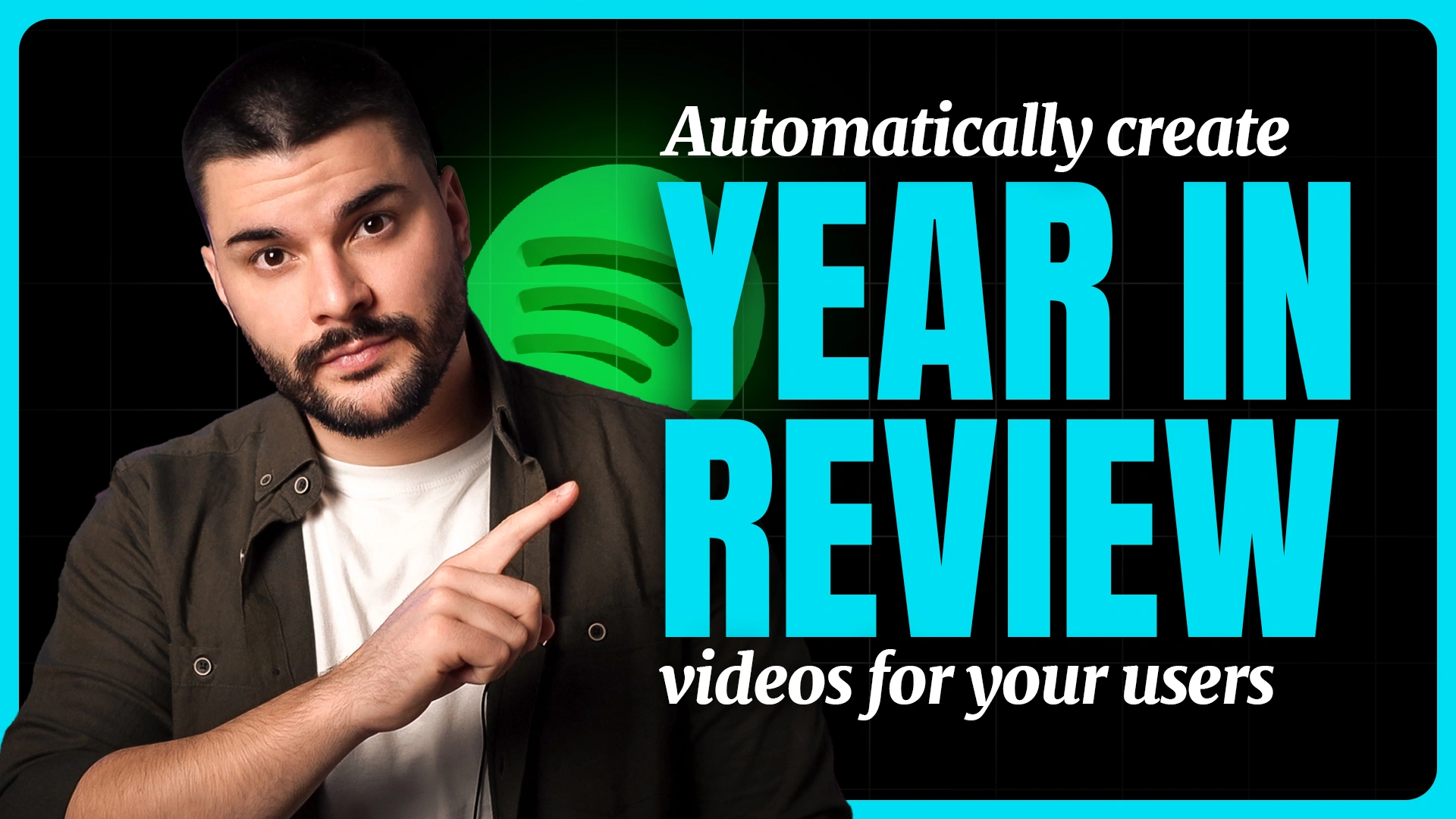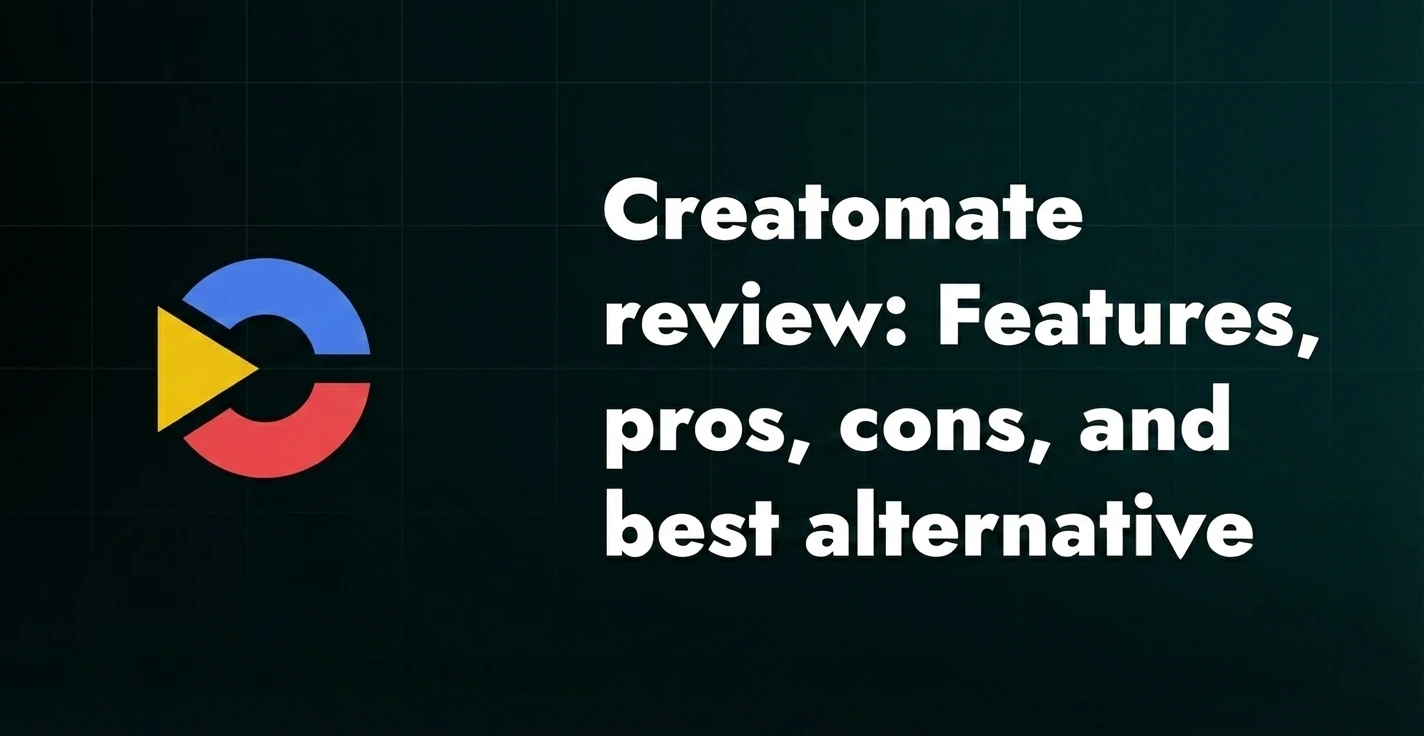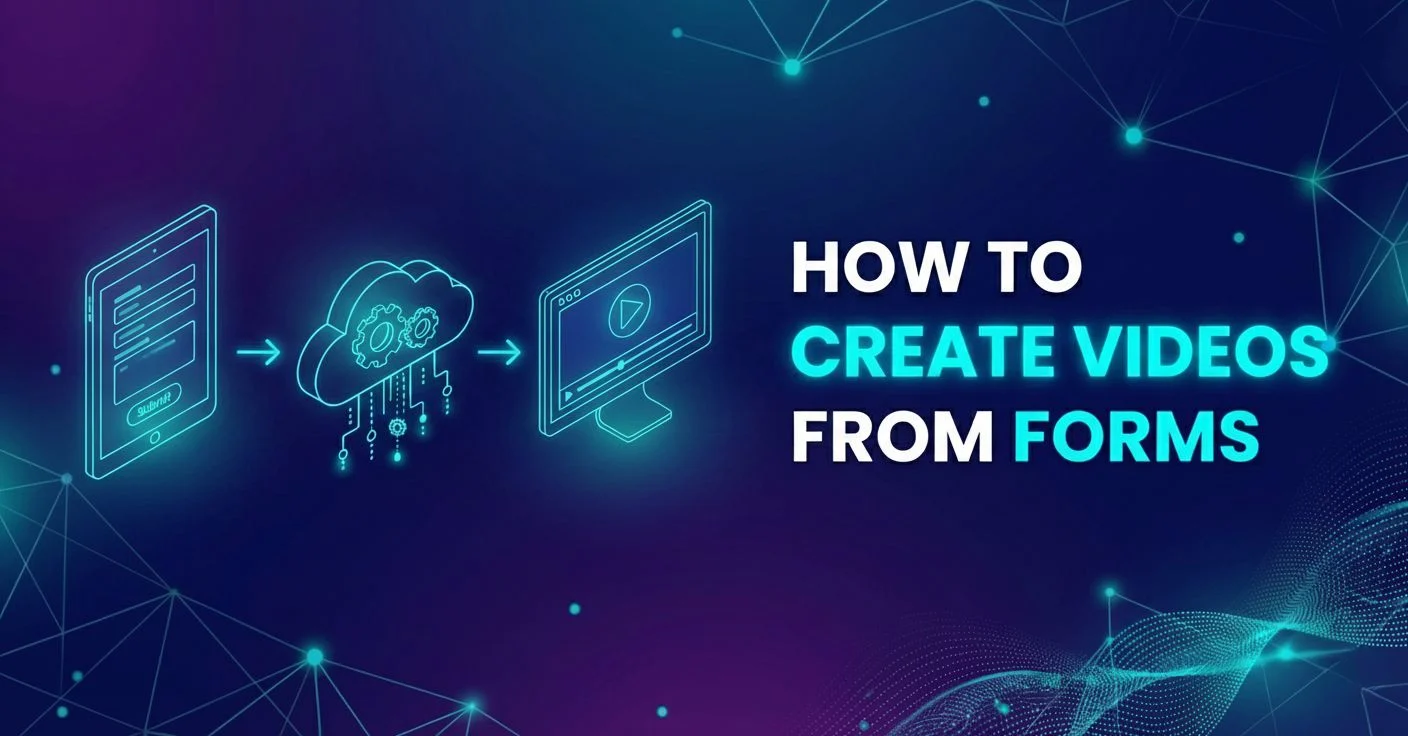Data-driven personalization explained [With examples]

If you've ever tried to make your marketing feel more personal, you know it can be kind of tricky. But what if we told you that that doesn't have to be the case? Not if you resort to data-driven personalization, that is. Coming from someone who's used it for years, we can tell you with confidence that it isn't just a passing trend. Rather, it's a lasting and effective marketing strategy that can help you connect with customers in a way that actually matters.
Curious to learn more? You're in the right place! We'll walk you through all things data-driven personalization, starting from what it is and how it works to how you can implement it. And to top it off, we'll introduce you to some real marketing world examples of using such personalization so you can see its power first-hand—as we have!
What is data-driven personalization?
Data-driven personalization is a digital marketing strategy that uses customer data (e.g., browsing habits, purchase history, engagement patterns, etc.) to deliver content/offers adapted to each individual. This highly relevant and personal tactic leads to better customer experiences, stronger devotion to the brand, and, often, higher conversions and ROI.
For example, you could deploy dynamic video ads that change elements like the viewer’s name or location in real time – ensuring each person sees an ad uniquely tailored to them.
Why is data-driven personalization important?
The pandemic reshaped customer expectations in profound ways. People started spending more time interacting with brands digitally as most of their lives shifted online. This shift created an opportunity (and a challenge) for brands to create experiences that felt personal through a screen.
Interestingly, many marketers and brands recognized they could do so through the use of data. And although personalization backed by data is not new, per se, recent advancements, particularly the rise of AI in 2023 and 2024, have made it far more accessible and efficient.
But the thing is, not all AI-driven personalization is created equal. More often than not, the results are generic or overly robotic, and customers are quick to pick up on that.
This tells us that data-driven personalization, when done right, gives you a real chance to stand out.
That said, let’s look at the positive impact it can have on your business:
- Improved customer experience: Personalization shows customers that a brand truly “gets” them, which leads to a more enjoyable and engaging experience. This is further reinforced by the stats that suggest that 76% of consumers prefer to buy from brands that customize their interactions.
- Higher conversion rates: When content/offers are adjusted to what customers actually want, the likelihood of conversion increases.
- Reduced churn: 62% of consumers say they stopped being loyal to a brand due to a lack of individualized interactions. Thus, it’s clear that such interactions keep them engaged over the long term, reducing the risk they’ll seek out competitors.
- Better brand awareness: Personalization helps create a distinct identity and memorable customer-centric experiences that lead to more purchases. This is backed by our own survey, where a staggering 91% of respondents reported they were compelled to make a purchase after seeing a personalized video. Not to mention, when customers feel a real connection, chances are they will recommend the brand to others.
- Data for improving all aspects of a business: The insights from personalization are not only useful for marketing. They can shape product development, enhance customer service, and influence strategy across the board.
What information/data is used in data-driven personalization?
We won't lie: you can't create impactful and truly unique customer experiences without the right data.
That said, here are the types of data you should be focusing on:
- Demographic data - Age, gender, location, job title, etc.
- Behavioral data - Browsing history, content engagement, purchase behavior.
- Psychographic data - Customers’ values, interests, lifestyle choices.
- Transactional data - Purchase history (e.g., what people have bought, when they bought it, how much they typically spend, etc).
Gathering quality data is pivotal, and this is where the best market research tools come into play. These tools not only help you collect and analyze relevant data but also ensure its quality and relevance. By utilizing effective market research solutions, businesses can gain deeper insights into their audience, making their personalization efforts more precise and impactful.
So why is it important to gather as much relevant and high-quality data as possible? The answer lies in the accuracy and depth of your personalization efforts. The more data you have, the better you can understand your customers and leverage such data to make informed decisions. Consequently, the more targeted your campaigns become.
Coca-Cola's Share a Coke campaign is one of the best examples of using the data collected for personalized marketing purposes. Namely, what they did for this global initiative was gather demographic data, specifically popular names in each region. Why? So they could enrich their bottles with names most relevant to the local market. After extensive market research, Coca-Cola produced millions of such bottles with a simple idea: give people a reason to “hunt” for a bottle with their name and share it on social media once they find it. As a result, they generated a ton of impressions on social media across different age groups, as much as 998 million on Twitter (now X), and managed to increase their market share by $1.8 billion. They've also shown us exactly how data should be used to create memorable experiences that truly resonate on a global scale.
What tools/technologies are used in data-driven personalization?
The tools you choose will determine how accurately and efficiently you can collect, analyze, and apply data to deliver personalized experiences.
Even the best strategy can fall short without proper setup, resulting in generic messaging and missed opportunities. Or, worse, alienated customers.
With that in mind, here’s a breakdown of tools we personally believe are invaluable to your personalization strategy and data collection.
Data-driven personalization in action: Real-life marketing examples
Now that you know what data-driven personalization is and the tools that make it possible, it’s time to ask the big question:
Is it really worth it?
The best way to answer that is by seeing it in action, so let’s look at the examples of brands whose marketers took it seriously.
1. Octopus Energy - Data-driven marketing video campaign
Octopus Energy, a UK-based energy supplier with a branch in Germany, launched an innovative marketing campaign, Winter Workout, to encourage German citizens to save gas during the winter. To wrap up the campaign and thank participants, they envisioned sending each person a unique video with stats on their individual contributions, like gas saved, CO2 reduction, and the environmental impact in terms of trees.
To make this ambitious idea a reality, Octopus Energy partnered with Jungle.Guide, a German creative marketing agency, to produce thousands of personalized videos for customers within a week. With such a tight deadline, manual video production was out of the question, so Jungle.Guide turned to Plainly to generate each video automatically.
Why it was effective:
By using videos to highlight each participant’s individual stats, Octopus Energy created a memorable, meaningful experience for everyone who took part in the challenge. This personal touch showed appreciation in a way that resonated, making participants feel seen and valued.
Results:
Thanks to Plainly, Jungle.guide was able to create and deliver thousands of custom-made videos in record time, meeting the deadline and making the campaign a success. Each participant received a unique video showcasing their contributions, which strengthened their connection to Octopus Energy. This approach also boosted campaign engagement and reach, with participants proudly sharing their videos on social media.
2. Stitch Fix - Personalized clothing recommendations using data science
Stitch Fix is an online personal styling service that uses data-driven marketing to curate clothing selections for each customer. Analyzing valuable information on customers’ style preferences, sizes, body types, and even the climate in their location, Stitch Fix creates a “fix” of five items delivered straight to their door.
Why it was effective:
Stitch Fix combines data science with the expertise of human stylists to provide recommendations that feel both curated and personal. Customers fill out a detailed style profile, and Stitch Fix uses algorithm-driven suggestions, fine-tuned by stylists, to create selections that align with each customer’s taste.
Results:
Stitch Fix’s original approach to marketing and sales has driven high levels of customer satisfaction. In the year 2022, the company reported a net revenue of $2.1 billion that continues to grow to this day, showcasing the success of its data-driven fashion model.
3. Amazon - Product recommendations and dynamic pricing

Amazon’s got personalization down to a science. Their recommendation engine suggests products based on what you’ve browsed, bought, or even just clicked on. On top of that, their pricing isn’t one-size-fits-all—Amazon adjusts prices based on factors like demand, past purchases, and what competitors are charging, providing customers with offers that feel made specifically for them…or, you know, just bumping up prices on those in-demand products everyone suddenly needs.
Why it was effective:
By showing customers products that actually match their interests and pricing that adapts to their shopping habits, Amazon keeps the experience relevant and engaging. This data-driven approach also nudges them to come back, add more to their carts, and stay hooked on the platform.
Results:
Research reveals that Amazon’s personalized recommendation engine is responsible for 35% of total sales, proving that data-driven personalization has a significant impact on revenue growth.
From cold data to new customers and lasting loyalty
The brands that win today are the ones that make every interaction feel personal. Data-driven personalization gives you that competitive advantage — the ability to speak to each customer individually and create experiences they won’t forget.
When done right, such customization doesn't merely meet customer expectations. Rather, it exceeds them and builds the kind of trust that promotes lasting devotion to the brand.
And since data is at its core, using it to your advantage also helps you better understand your target audience. The result is a constant feedback loop that can guide your future marketing campaigns, ultimately making them more relevant and impactful.
With Plainly, bringing these highly personalized experiences to life is easier than ever. No more generic messaging. No more missed opportunities.
Are you ready to see what true personalization can do for your brand? Book a demo with Plainly to start turning your data into meaningful videos that drive customer loyalty!





